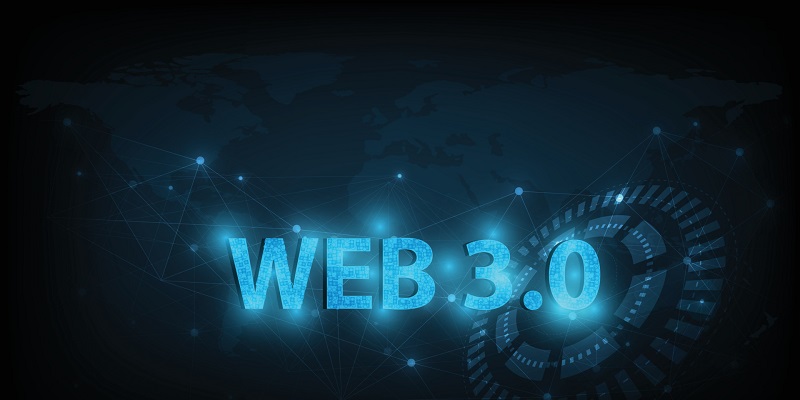Web3 is the future of the internet. It consists of a set of protocols and technologies that will enable a more decentralized and democratized web. According to industry experts, Web3 is about empowering users and enabling them to take ownership of their digital lives. One industry where this philosophy is having a transformative impact is the art world.
The fusion of art and Web3: revolutionizing artistic creation, consumption, and appreciation
Art has always been a fundamental element of human civilization. Artistic expression is at the core of human identity. Art is a reflection of who we are, our values, and beliefs. The fusion of Web3 and art is revolutionizing the way we create, consume, and appreciate artistic works. With the advent of digital art, art has become more accessible and inclusive.
Digital art and NFTs
At the heart of this transformation is the concept of non-fungible tokens (NFTs). NFTs are unique digital assets that are stored on a blockchain, providing proof of ownership and authenticity. NFTs allow creators of digital art to monetize their work by selling it as unique, verifiable works of art. This has opened up new possibilities for artists, collectors, and investors in the art world.
The principles of Web3: decentralization and blockchain technology
Web3 is often referred to as the decentralized web built on the principles of blockchain technology. The decentralized nature of Web3 eliminates the need for intermediaries such as galleries and auction houses. This has a significant impact on how artists sell their work.
Non-fungible Tokens (NFTs): Unique digital assets
NFTs are unique digital assets that are linked to a particular piece of artwork or asset and stored on a blockchain. They are one-of-a-kind and verifiable, providing proof of ownership and authenticity. NFTs can represent anything from art to music to video games.
Establishing Scarcity in Web3 Art
One of the key advantages of NFTs in Web3 art is the ability to establish scarcity. Scarcity is a critical factor in the art world, as it drives demand and, therefore, value. By creating unique digital assets and linking them to an NFT, artists can establish scarcity and increase the value of their work.
Smart contracts in Web3 art
Another exciting aspect of Web3 art is the concept of smart contracts. Smart contracts are self-executing contracts that are stored on a blockchain and automatically execute when specific conditions are met. In the world of Web3 art, smart contracts can be used to automate the sale and distribution of artwork. They can also ensure that creators receive payment for their work once it is sold.
Direct engagement between artists and collectors
Web3 enables direct engagement between artists and collectors, eliminating the need for intermediaries. This direct engagement opens up new opportunities for both artists and collectors. Artists can build relationships with their collectors and receive direct feedback on their work, while collectors can engage directly with artists, creating new avenues for investment and collaboration.
Decentralized marketplaces in Web3
Web3 platforms offer decentralized marketplaces where artists can showcase and sell their NFTs. These marketplaces are emerging as a critical element of the Web3 art world. They provide artists with a direct route to market, allowing them to set their prices and reach new audiences. Decentralized marketplaces also provide collectors with access to unique works of art, helping to democratize the art world.
Art in Web3 represents a paradigm shift in the way we create, consume, and value artistic works. The fusion of Web3 and art is democratizing and decentralizing the art world. It is placing power in the hands of artists and collectors and enhancing the accessibility and inclusivity of the art world. Web3 and NFTs are providing new avenues for artistic expression and financial gain. It is an exciting time for art, with immense possibilities for growth and innovation in the years ahead.

